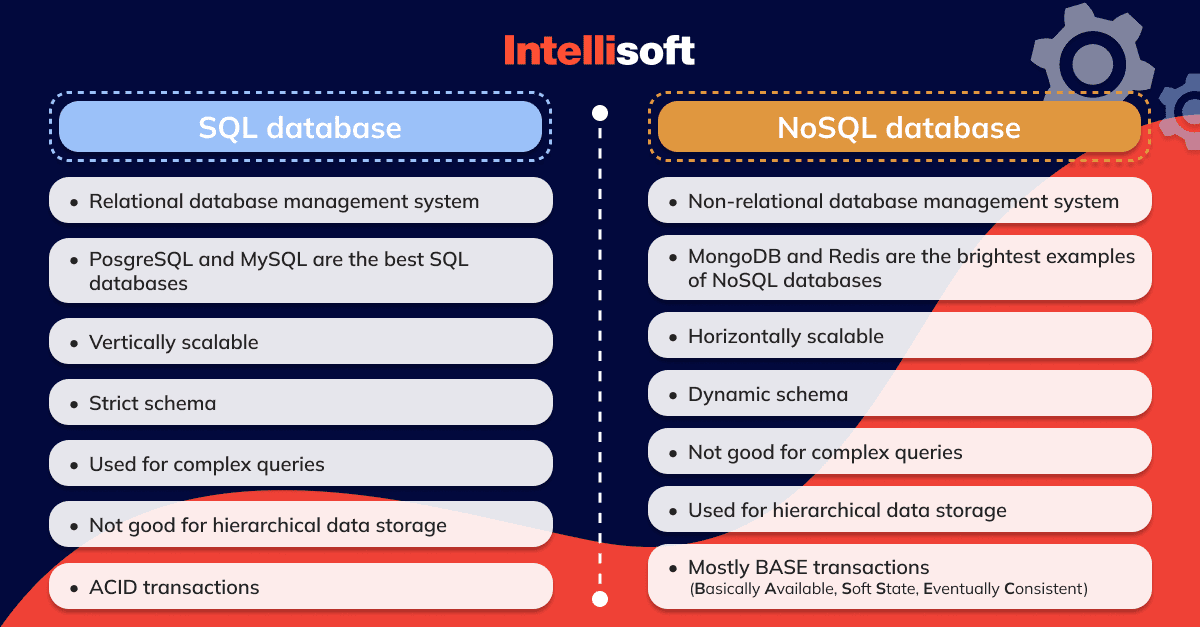Discover how making the switch from Excel to SQL can revolutionize your database management strategy and streamline your workflow.
Table of Contents
Welcome, dear teachers, to the wonderful world of database management! As you embark on your journey from using Excel to the more powerful SQL, you’re about to unlock a whole new level of data analysis and manipulation. Let’s dive right in and discover some essential tips and tricks for making this transition smooth and successful.
In today’s data-driven world, the ability to efficiently manage and analyze large datasets is crucial. While Excel has served us well in organizing and structuring data, SQL offers a more robust and scalable solution for dealing with complex data relationships. By transitioning from Excel to SQL, you’ll be equipped with the tools necessary to handle vast amounts of data with ease.
Understanding the Basics of SQL
SQL, which stands for Structured Query Language, is a standard programming language used for managing relational databases. It allows you to create, retrieve, update, and delete data in a structured format. In SQL, data is stored in tables, which consist of rows and columns. Queries are written to extract specific data from these tables based on various conditions.
Setting Up Your SQL Environment
Before diving into SQL, you’ll need to set up your environment by choosing a suitable SQL platform and installing a SQL server. There are various SQL platforms available, such as MySQL, PostgreSQL, and Microsoft SQL Server, each offering unique features and functionalities. Once you’ve selected a platform, follow the step-by-step instructions for installing and configuring the SQL server on your machine.
Importing Data from Excel to SQL
One of the first steps in transitioning from Excel to SQL is importing your existing data from Excel spreadsheets into SQL tables. This process can be straightforward but may come with some common challenges, such as data type mismatches or formatting issues. To ensure a smooth transition, it’s essential to understand how to map Excel data to SQL tables accurately.

Image courtesy of intellisoft.io via Google Images
Writing Basic SQL Queries
With your data imported into SQL tables, it’s time to start querying and extracting information. Basic SQL queries enable you to select specific data from tables, filter results based on conditions, and sort data in a desired order. By learning the fundamental SQL syntax and functions, you’ll be able to perform simple data retrieval tasks with ease.
Advanced SQL Techniques
Once you’ve mastered the basics, it’s time to explore more advanced SQL concepts. Joins, subqueries, and aggregate functions allow you to perform complex data analysis and manipulation. Joining tables together based on common keys, nesting queries within queries, and summarizing data using aggregate functions are powerful techniques for deriving insights from your datasets.

Image courtesy of www.linkedin.com via Google Images
Optimizing SQL Queries
Optimizing your SQL queries is crucial for improving performance and efficiency. By following best practices such as indexing columns, normalizing tables, and tuning queries for speed, you can ensure that your data retrieval processes run smoothly. Understanding how to optimize queries will not only enhance your workflow but also save you valuable time and resources.
Visualizing Data with SQL
Data visualization plays a significant role in understanding and communicating insights from your data. With SQL, you can create visualizations and reports that help you interpret large datasets more effectively. By integrating SQL with business intelligence (BI) tools like Tableau or Power BI, you can generate interactive dashboards and charts to convey your findings visually.

Image courtesy of www.linkedin.com via Google Images
Troubleshooting Common SQL Issues
As you navigate the world of SQL, you may encounter common challenges and errors along the way. Whether it’s syntax errors in your queries or database connection issues, troubleshooting SQL problems is an essential skill to develop. By familiarizing yourself with common SQL pitfalls and seeking out resources for assistance, you can overcome obstacles and become a proficient SQL user.
Conclusion
Congratulations, teachers, on taking the first steps toward becoming data analysts with SQL! By transitioning from Excel to SQL, you’re laying the foundation for advanced data management and analysis. Remember to practice, experiment, and continue learning to further enhance your SQL skills. With dedication and persistence, you’ll soon discover the immense potential that SQL offers in transforming the way you handle data.
Generated by Texta.ai Blog Automation

